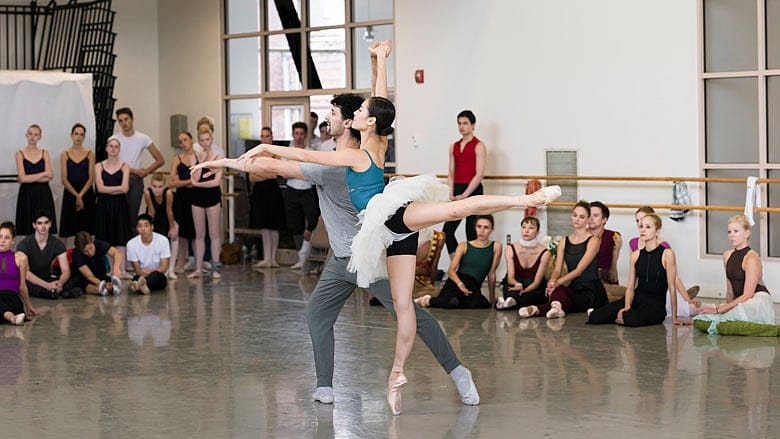Reviving Petipa: Boston Ballet stages a legend

An empty chair sits next to Ivan Liška as he scribbles choreography onto paper. Staging a ballet once choreographed by the great Marius Petipa, Liška imagines the Petipa sitting right next to him, giving him a kick in the shin when the choreography veers too much from what the master would have done.
Next week, Boston Ballet will give the North American premiere of Liška's Le Corsaire, a ballet that Petipa staged four times during his lifetime, in 1863, 1868, 1880 and 1899, after its 1856 world premiere in Paris. As with many ballets, multiple versions exist, staged by various choreographers. Liška chose to revisit Petipa's notation for his version, returning to a very classical style.

